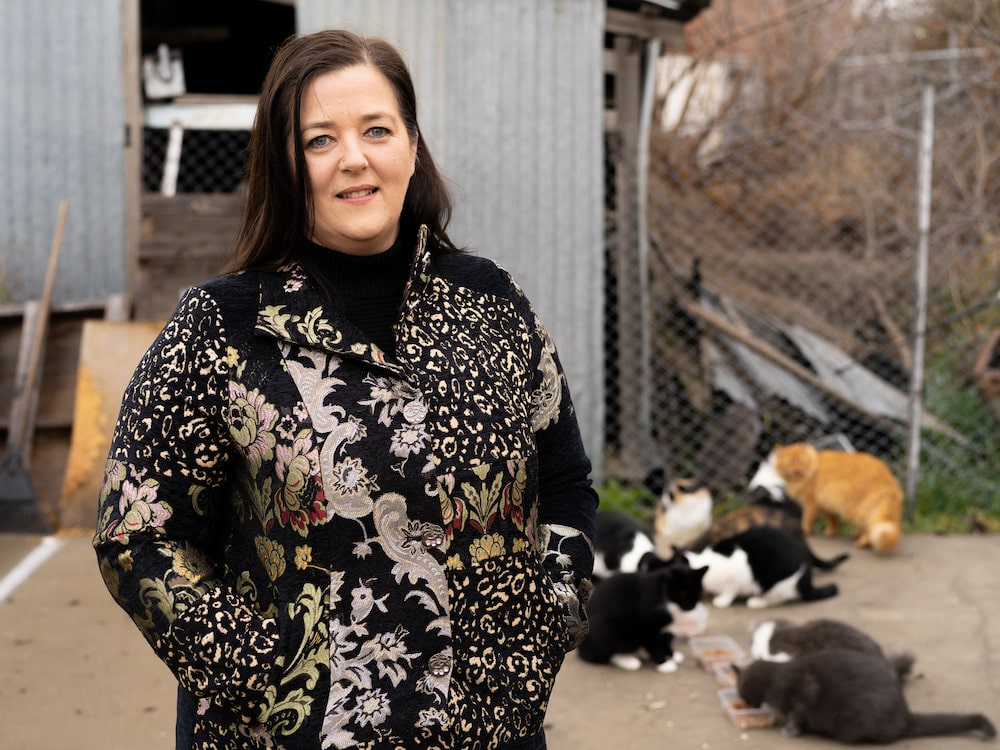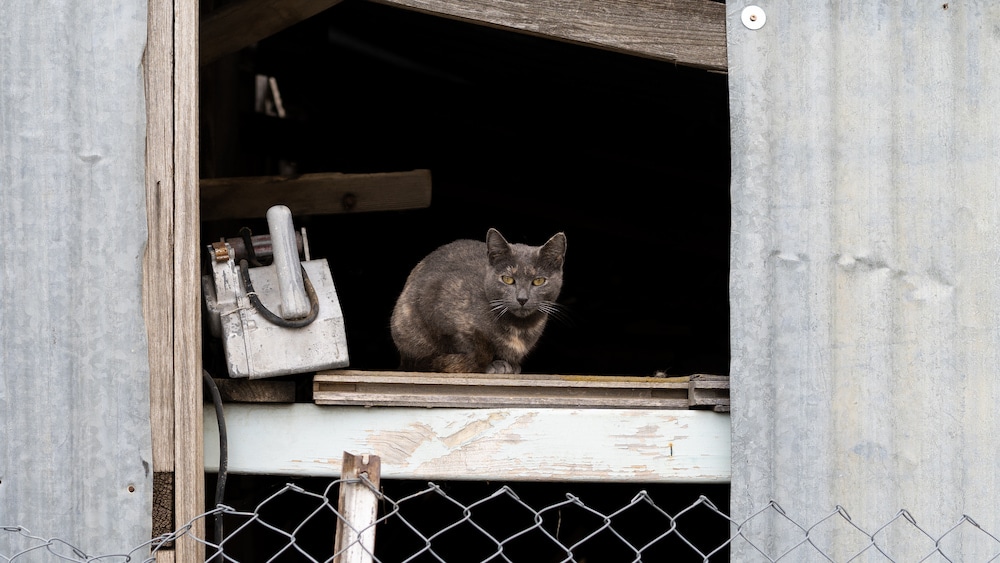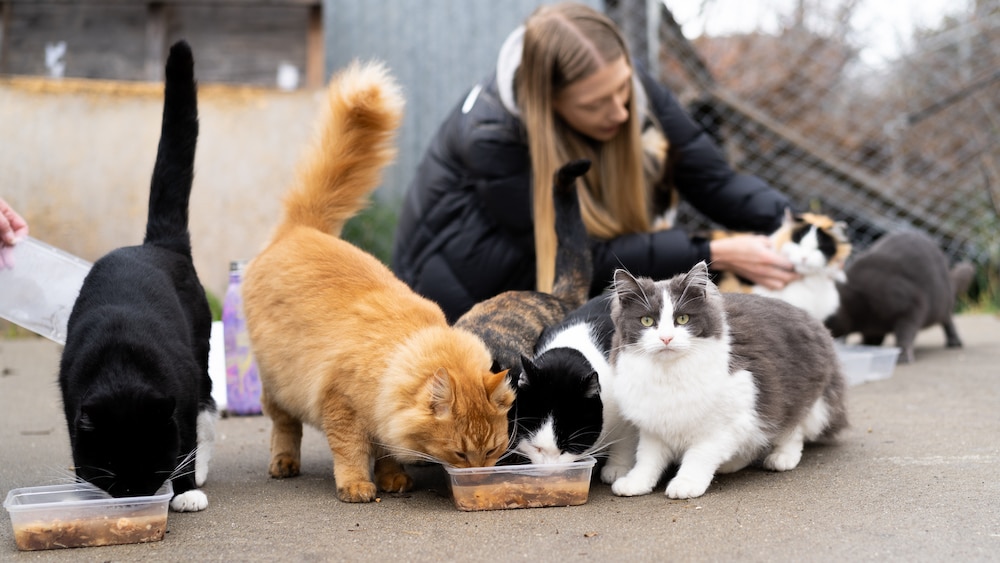Local charity Canberra Street Cat Alliance are concerned the city-wide cat containment requirements outlined in the ACT Cat Plan 2021-2031 will affect their work and result in a spike in Canberra’s street cat population.
A small volunteer group that works to reduce Canberra’s population of unowned cats via a trap, neuter, release (TNR) program, the Alliance primarily works with street cat populations living in the industrial estates of Hume, Mitchell and Fyshwick.
Alliance president Vanessa Parton said she has no issue with cat containment in suburban areas but believes flowing that on to Canberra’s industrial precincts will require them to cease their TNR program.
“As a reputable rescue, I’m not going to send my trappers out and break legislation; it’s a $1,600 fine as well, but we’re just not prepared to do that,” she said.
The Alliance will seek an exemption for cat containment in industrial areas so they can continue their work.
“We do have the same objective as the ACT Government, so we do want to reduce the number of cats on the streets,” Ms Parton said.
“It’s priority one for us to put the submissions in to the government and hopefully get those exemptions pretty quick.”

She said the main benefit of conducting TNR as a cat management strategy over trapping and killing is that you maintain each colony’s pre-existing territories.
“By trapping and killing those cats you’re actually creating a void which then allows cats in the outer areas to move in,” she said.
“By maintaining the colony through TNR, you’re preventing further kittens being born and you’re also maintaining the territory, so natural attrition over the years will see that colony die out.”
Ms Parton said industrial precincts lack the wildlife component found in suburban Canberra, and said the Alliance maintains their TNR street cat colonies with volunteers feeding anywhere from 50 to 200 cats daily.
“In the industrial areas because there’s not the wildlife component and these guys aren’t hunting to survive,” she said.
Having operated since 2014, Ms Parton said the Alliance is a trusted, reputable charity that for many is a “first port of call” when they encounter street cats.
“When people realise they’re going to trap and kill, they’re not going to call the relevant authorities,” she said. “There’s going to be a massive influx of kittens being born because we can’t operate,” she said.
An ACT Government spokesperson told Canberra Daily while they “understand the concerns of the CSCA” and will “continue to work with the respective community groups in the delivery of the Cat Plan”, their position is to encourage the adoption of cats.
“We are currently developing legislative amendments to give effect to expanded cat containment and other measures within the plan.
“Feedback from animal welfare groups and the community will be considered in the course of developing these amendments.
“As the Cat Plan matures and develops overtime, roaming cats will be managed much like dogs under the current legislation.”
According to the spokesperson, the environmental impacts of cat predation were a central part in the development of the plan.
“Canberra cats predated on 61,000 native birds, 2000 native mammals, 30,000 native reptiles and 6000 native frogs each year,” they said.

For more news:



